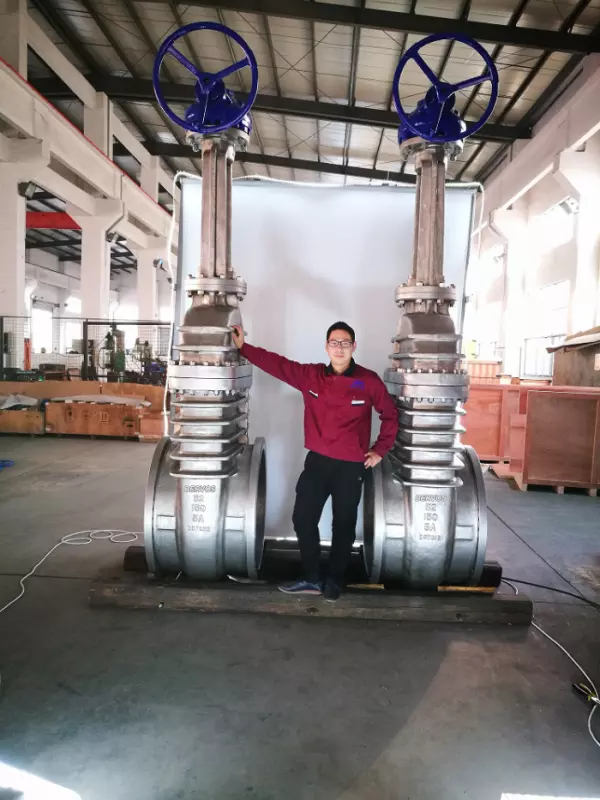Valve common fault and troubleshooting methods
Valve internal leakage treatment
1 First check the limit of the valve to see if the inner leakage of the valve can be solved by adjusting the limit.
2 First, inject a certain amount of grease to see if it can stop leakage. At this time, the injection speed must be slow. At the same time, observe the change of the pointer of the grease gun outlet pressure gauge to determine the internal leakage of the valve.
3 If it is not possible to stop the leak, it may be that the sealant that was injected early hardened or the seal surface was damaged to cause internal leakage. It is recommended to inject the valve cleaning fluid at this time to clean the sealing surface of the valve and the valve seat. Generally, it is immersed for at least half an hour. If necessary, it can be soaked for several hours or even several days. After the solidified materials are all dissolved, they are further processed. It is best to switch the active valve several times during this process.
4 Re-inject the grease, intermittently open and close the valve, and discharge the impurities out of the rear cavity and sealing surface of the valve seat.
5 Check in the full position. If there is still leakage, inject the reinforced sealant and open the valve chamber for venting. This can create a large pressure difference and help seal. In general, by injecting the reinforced sealant, the internal leak can be eliminated.
6 If there is still an internal leak, repair or replace the valve.

Next: Welded Ball Valves
Previous: Installation and maintenance method of ball valves